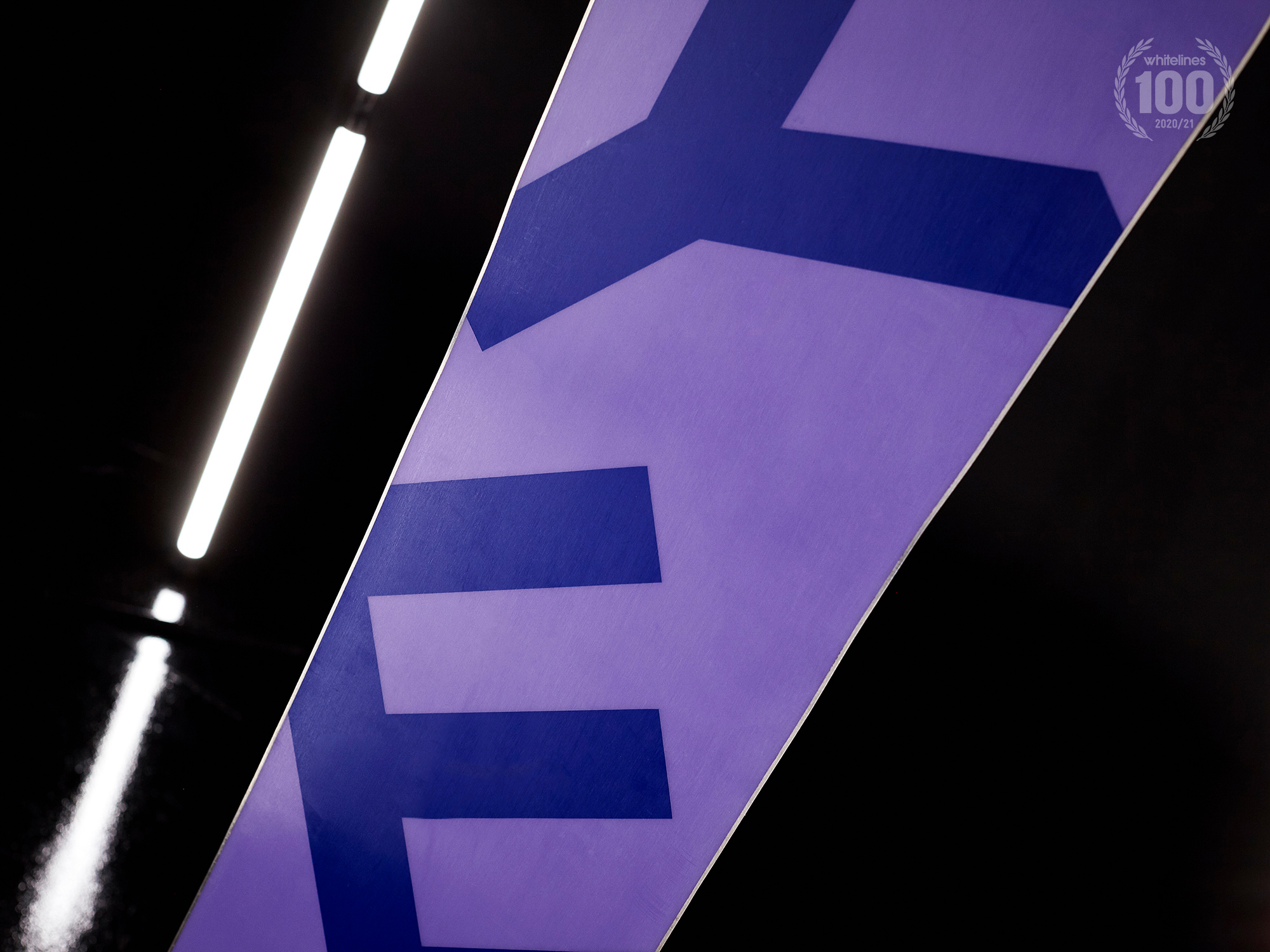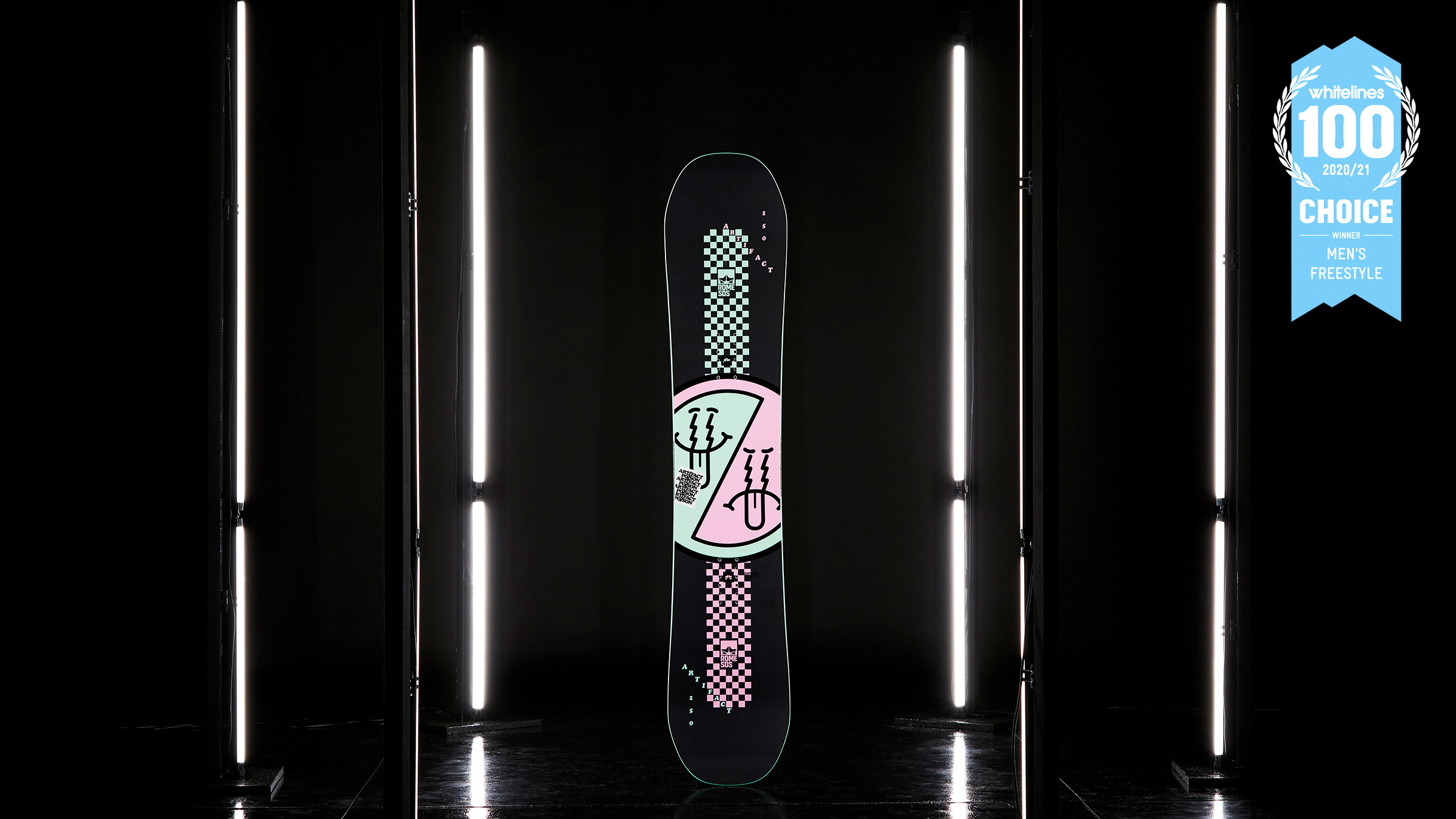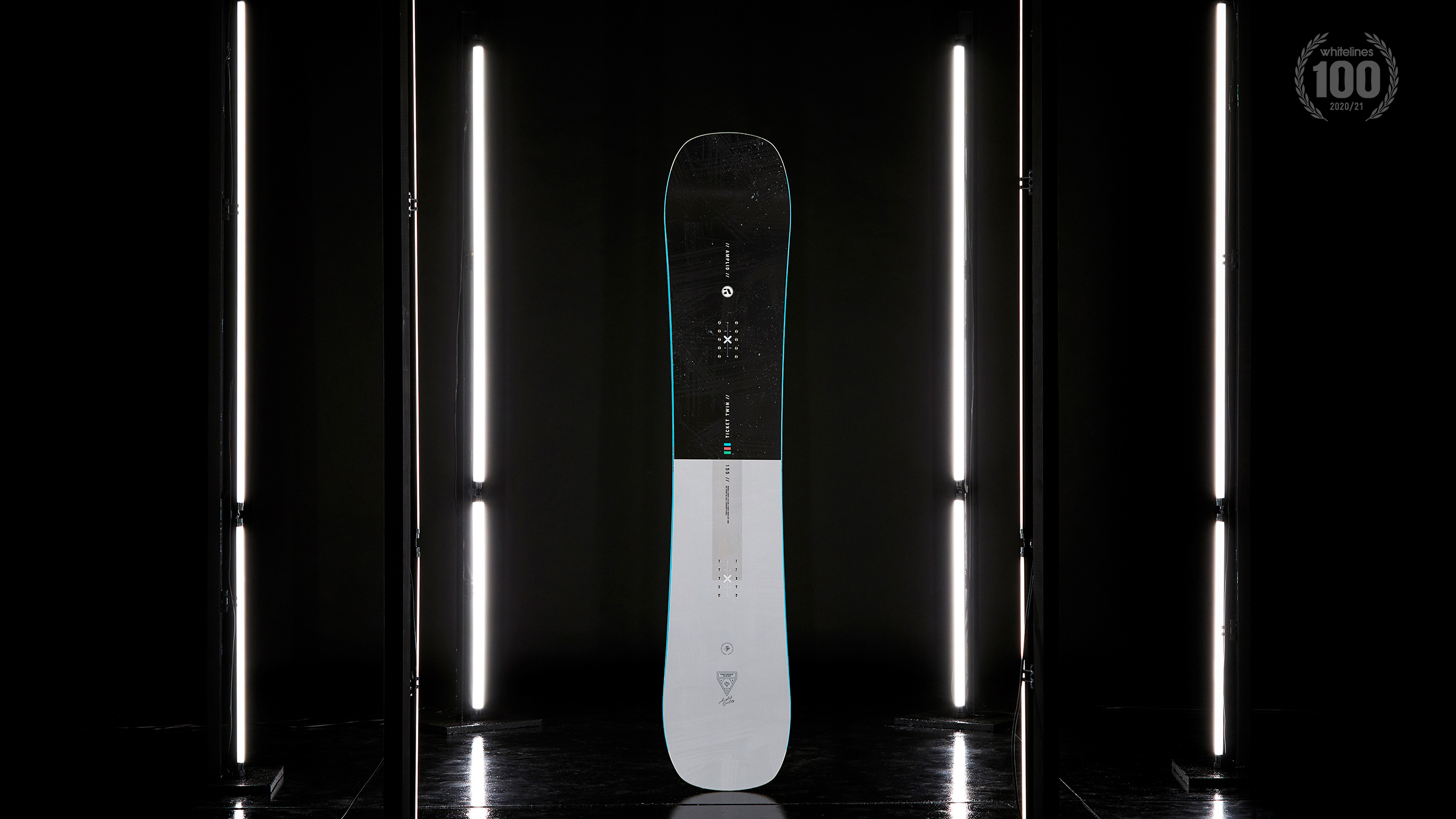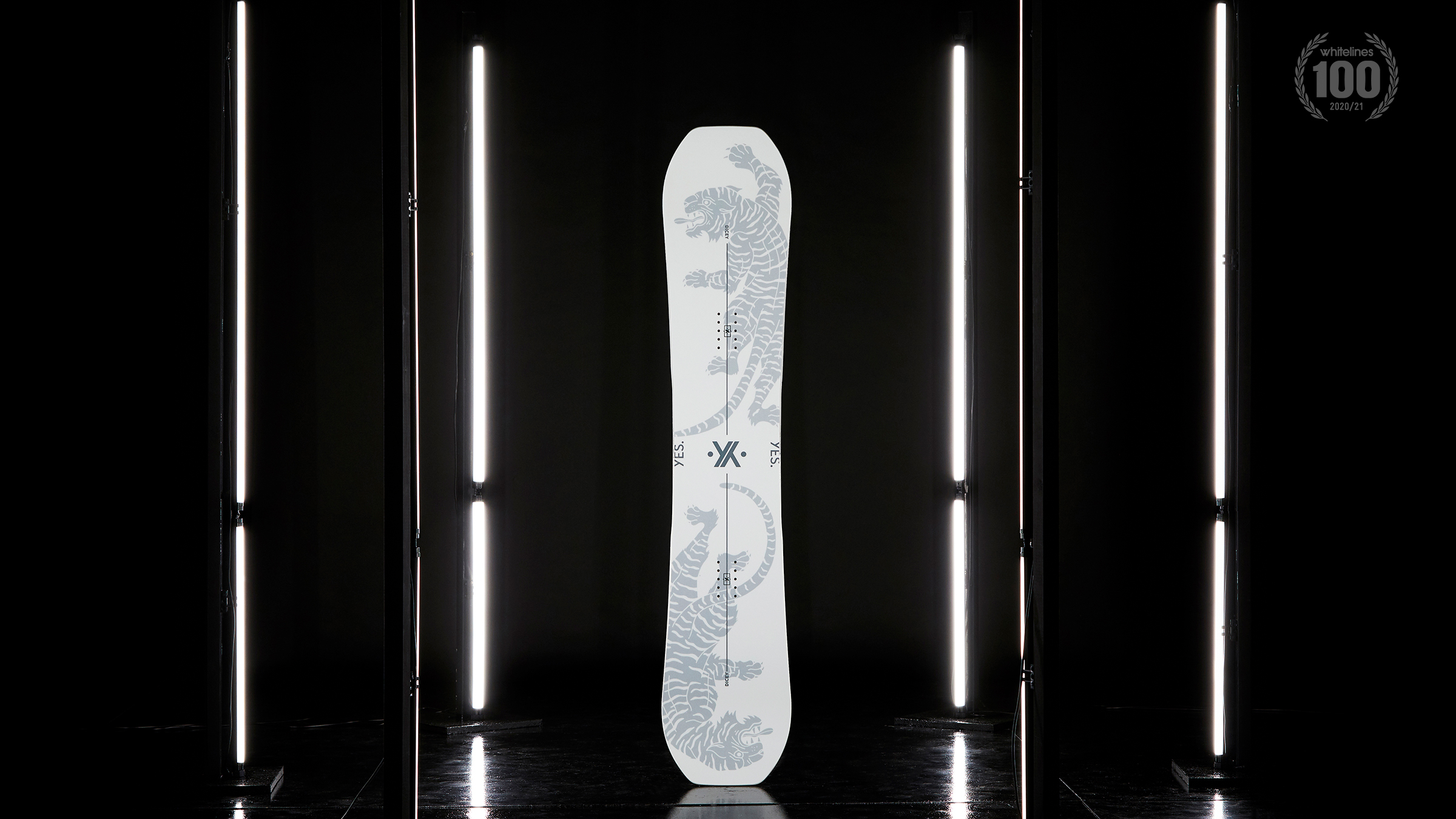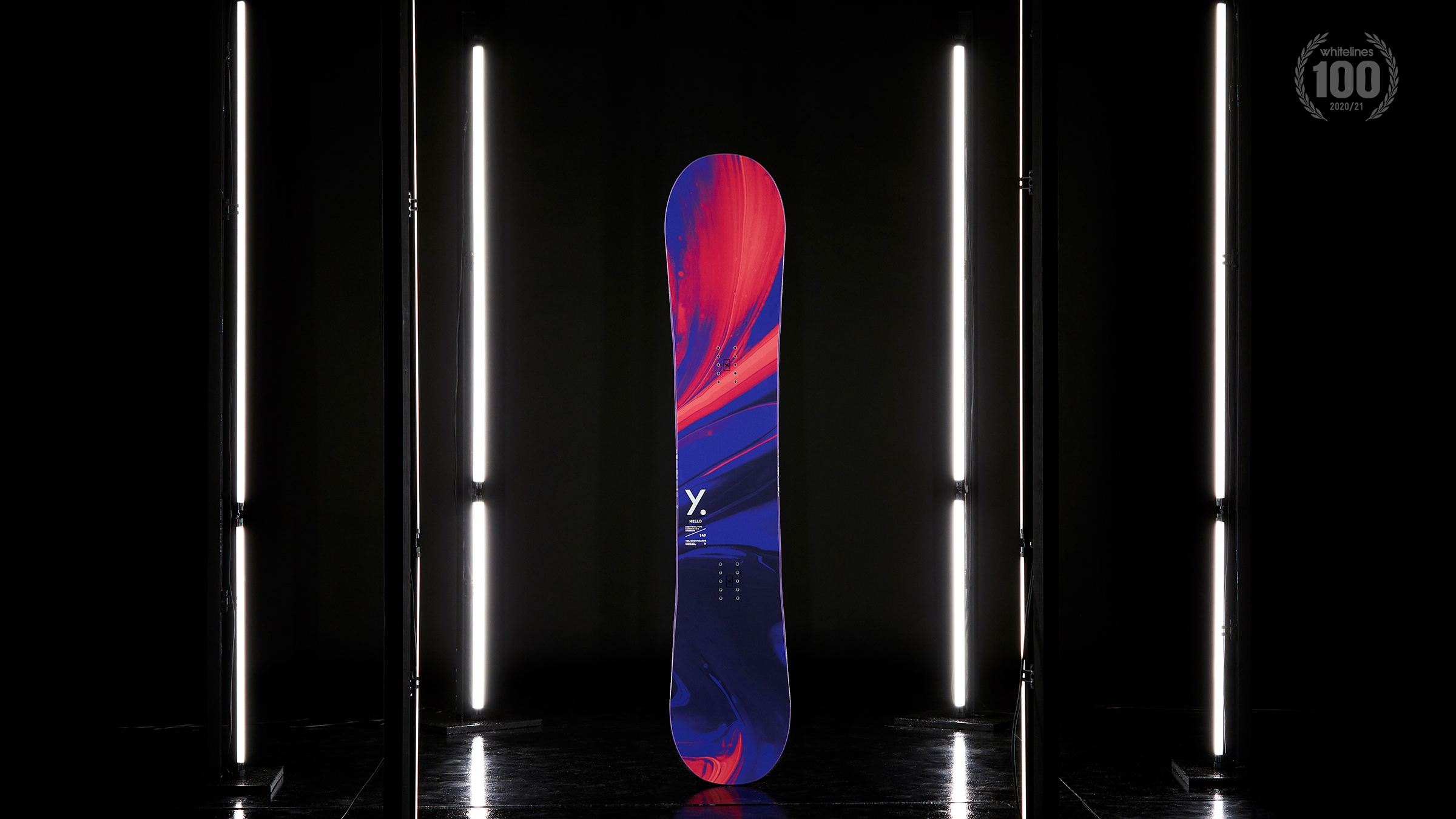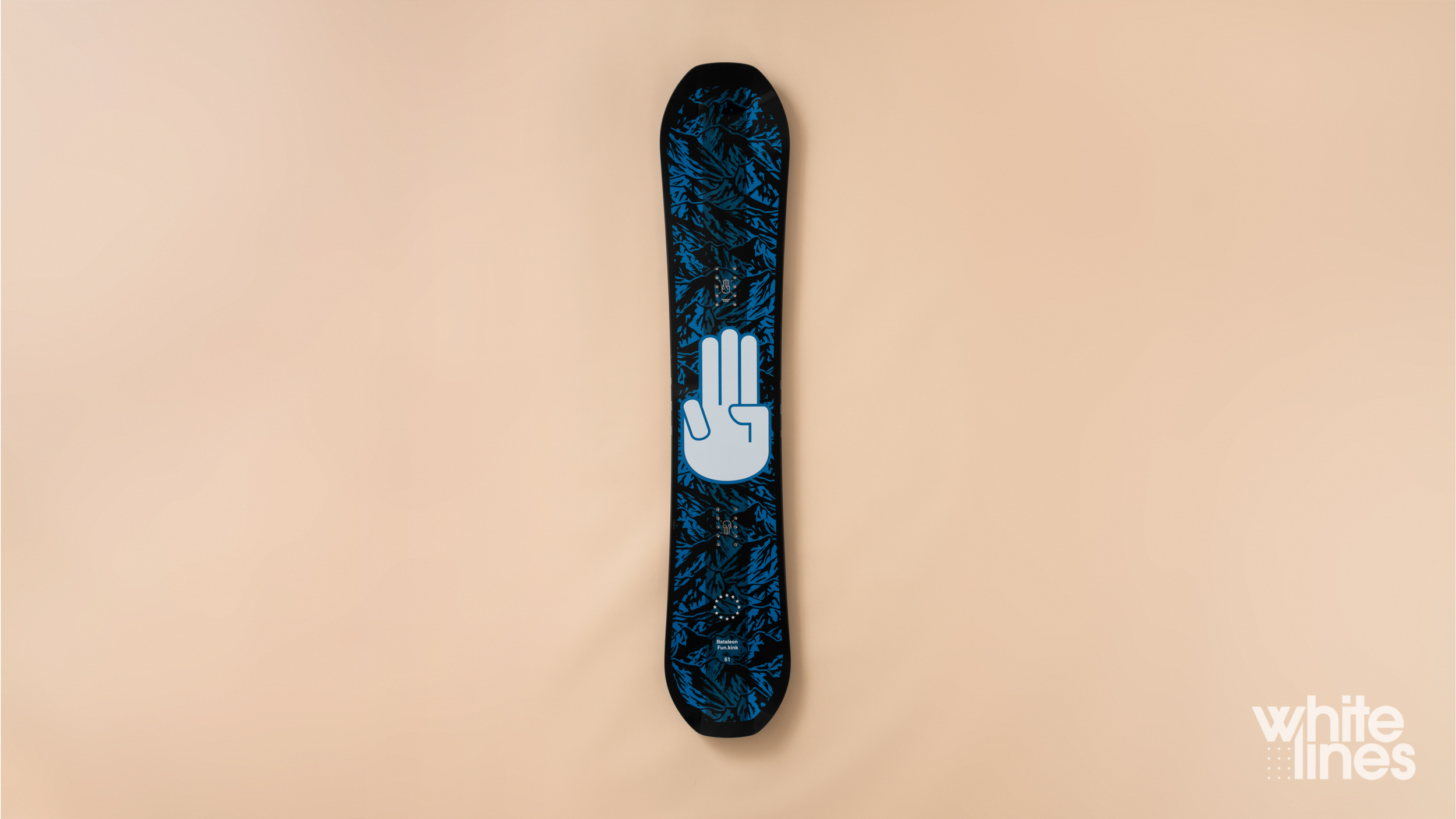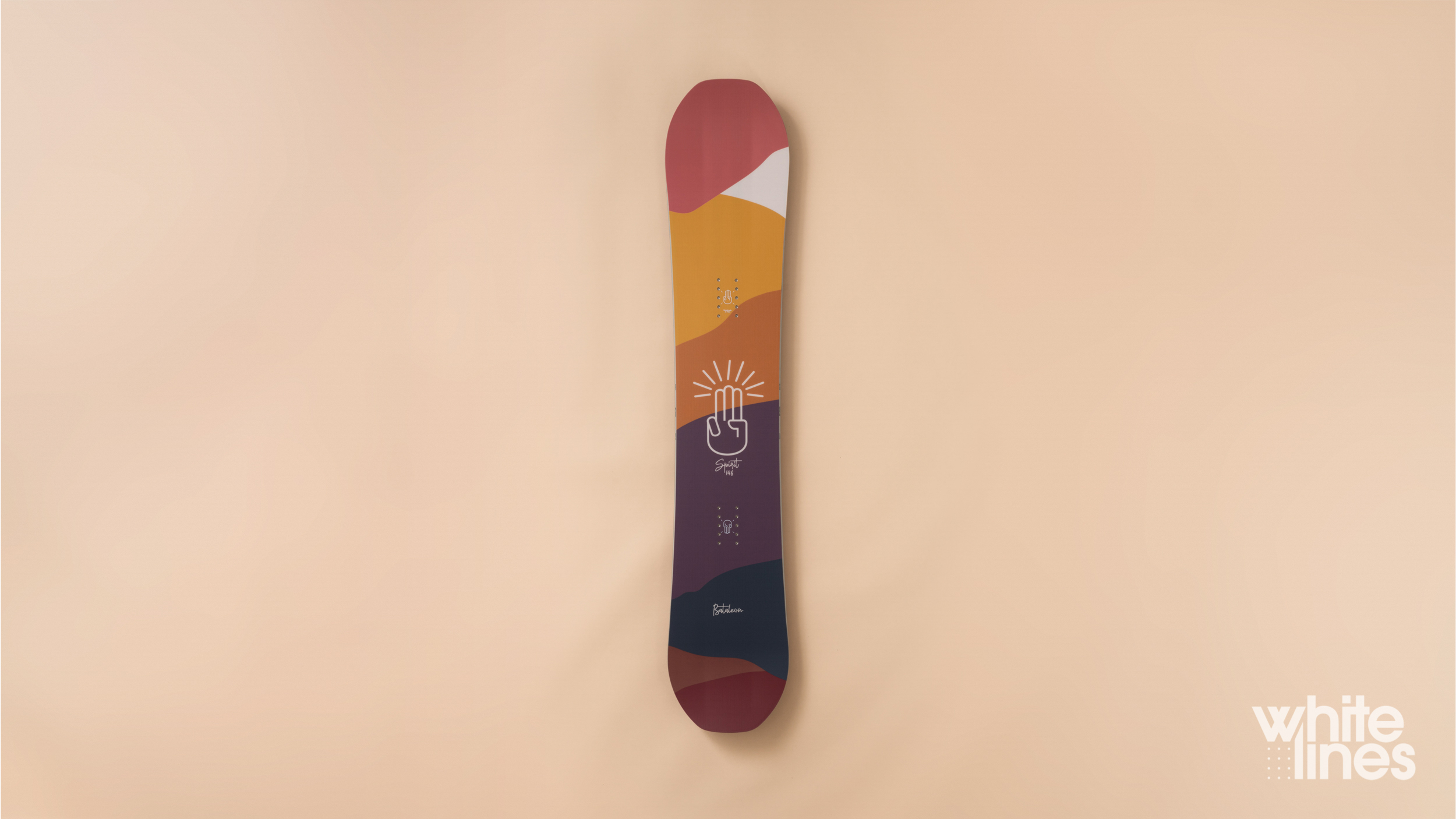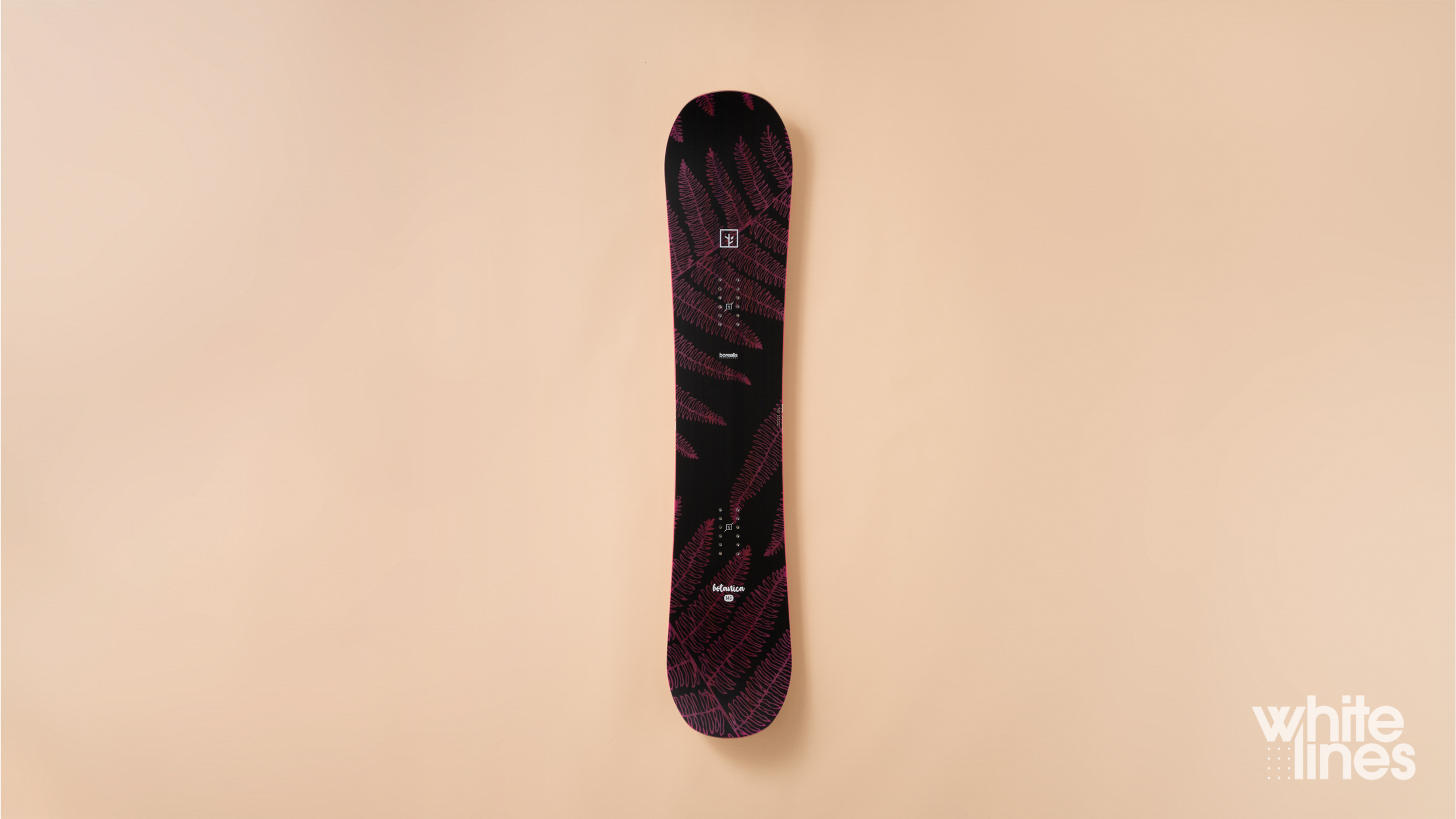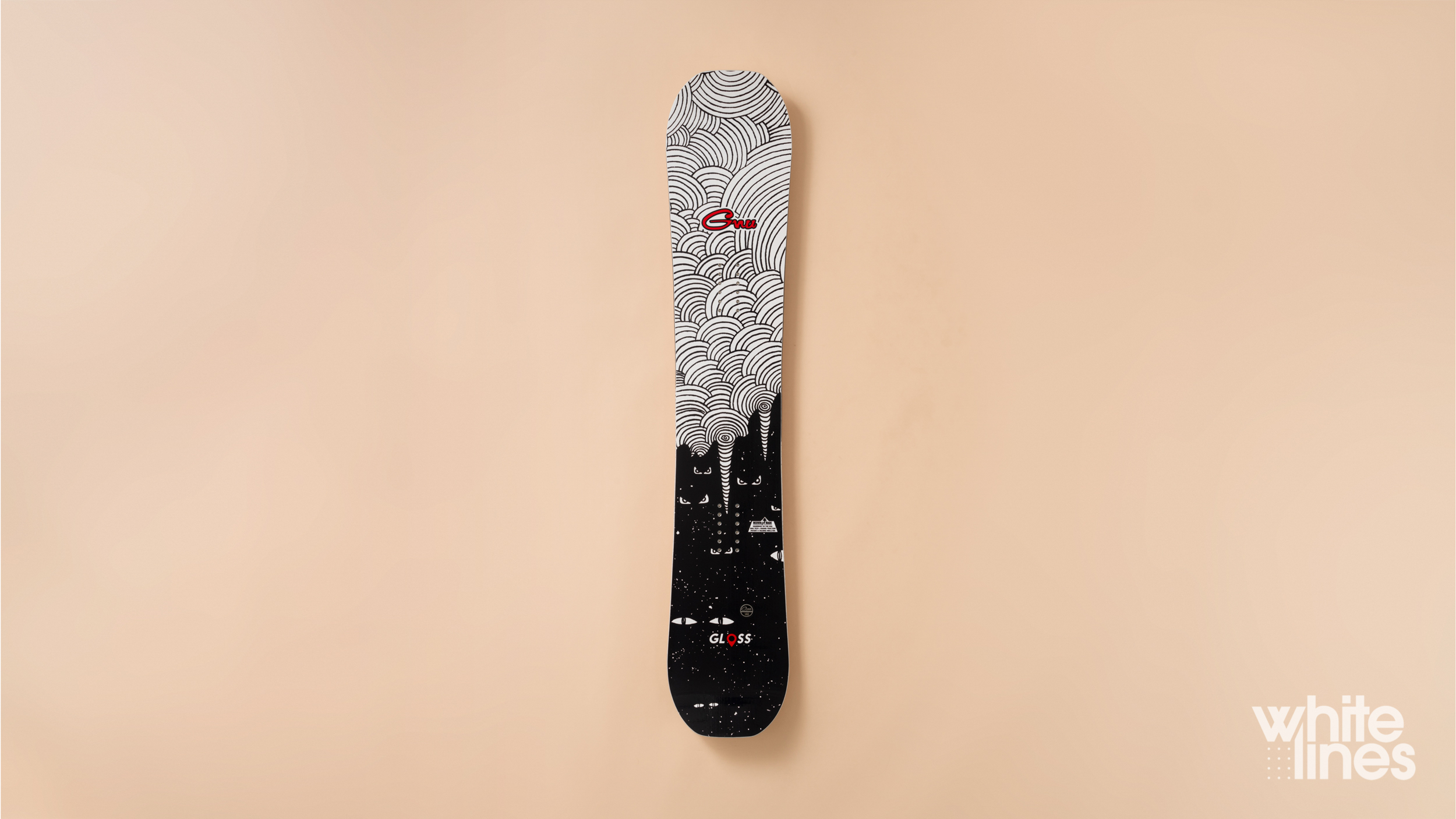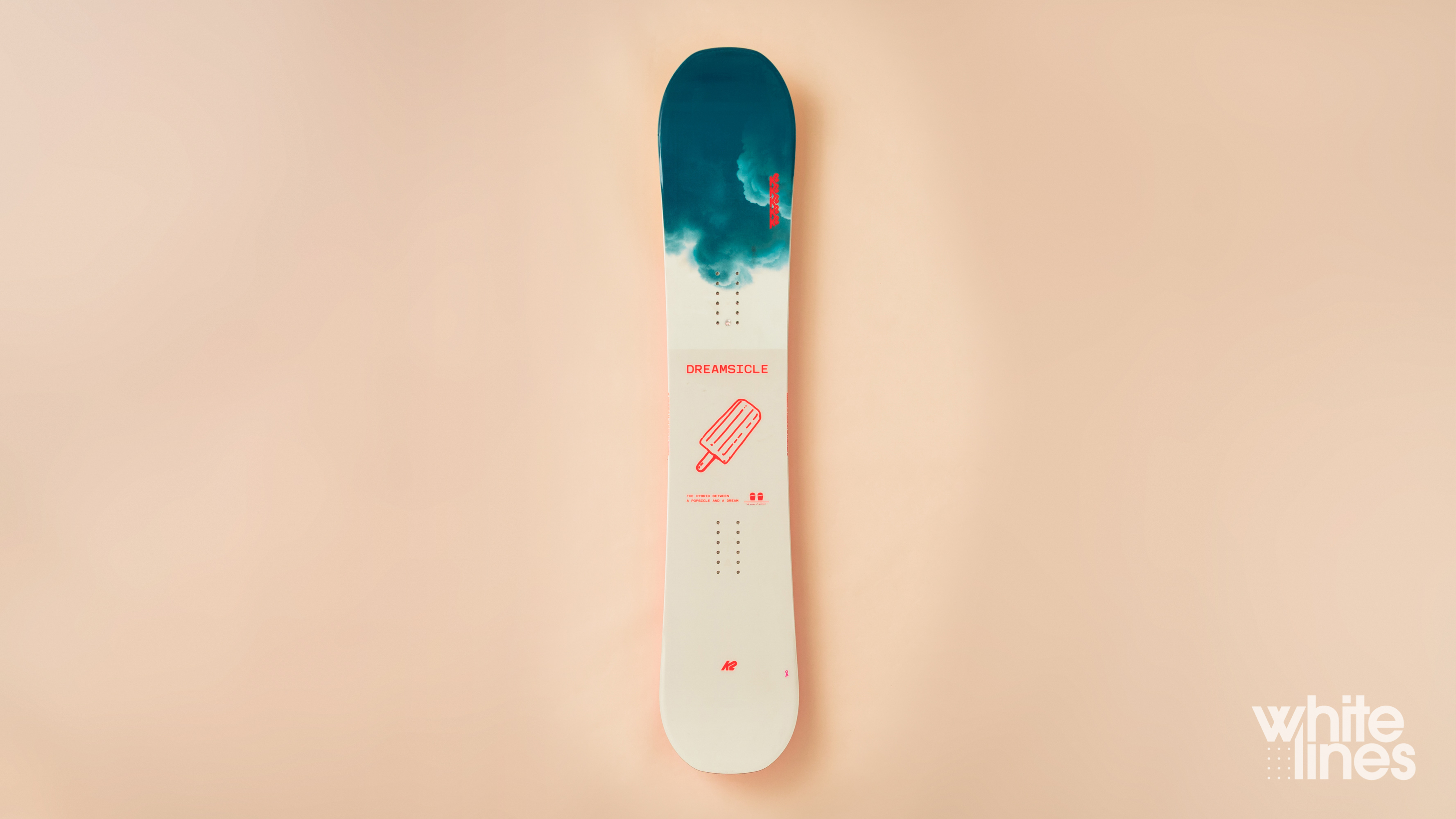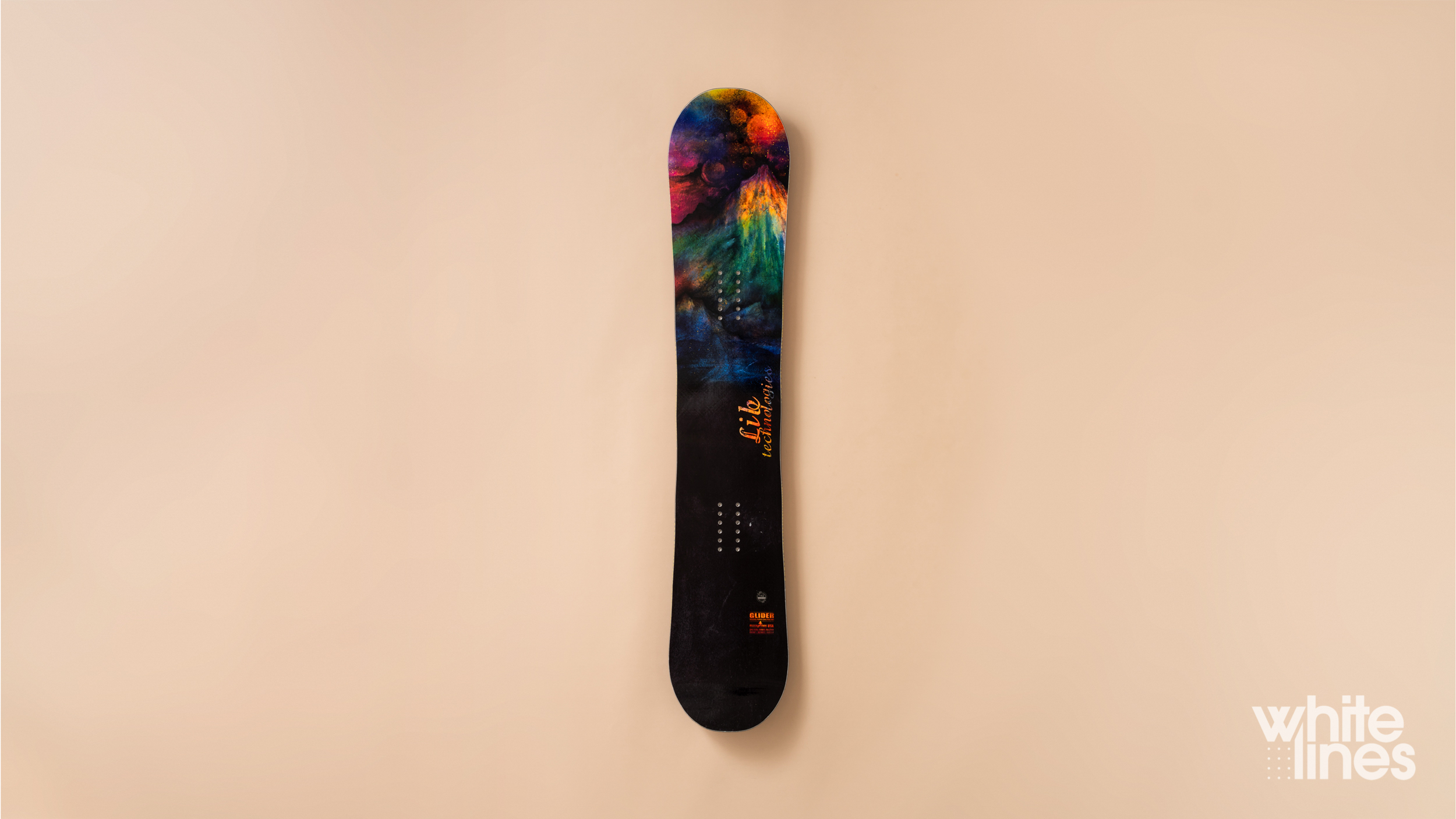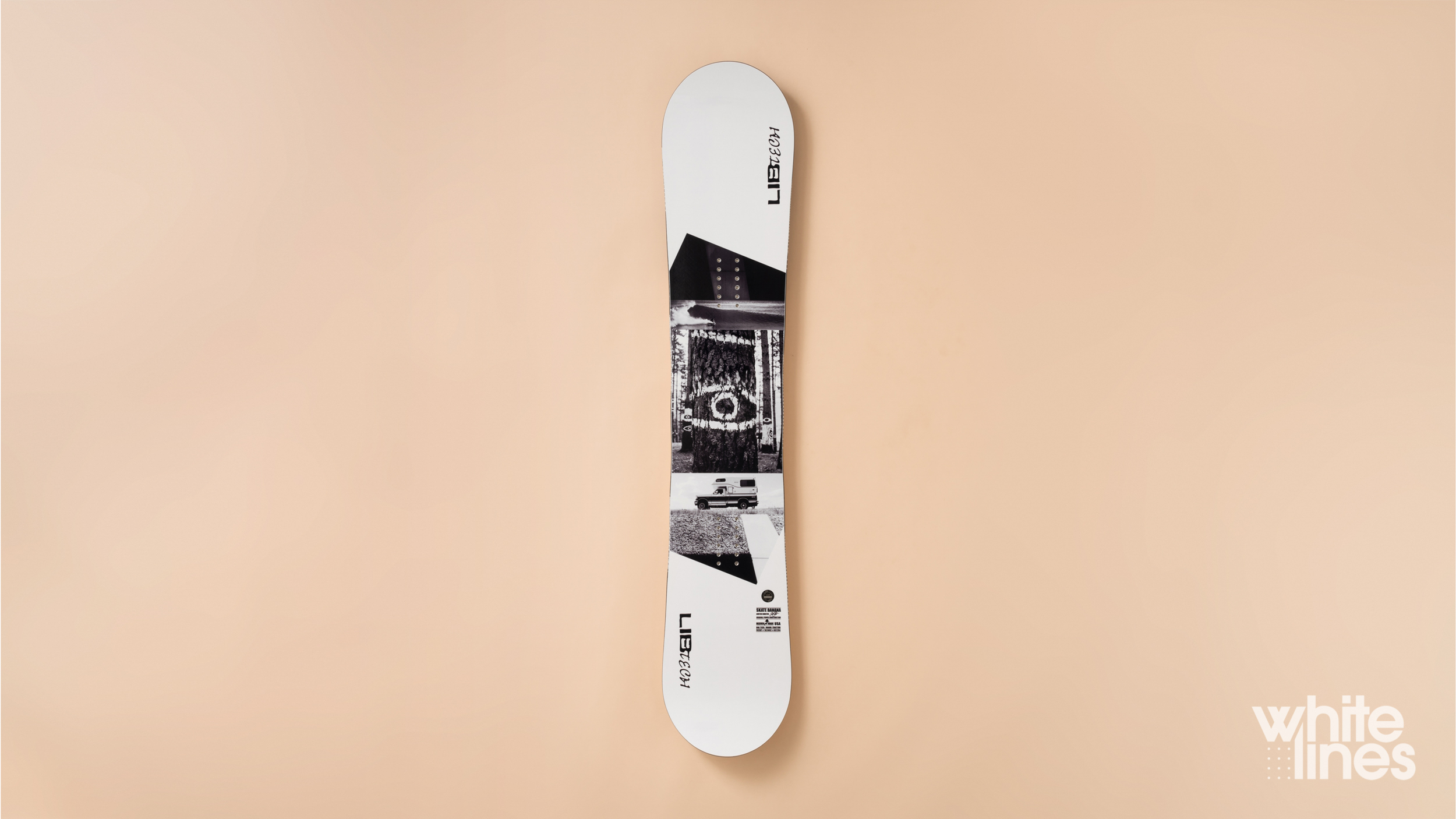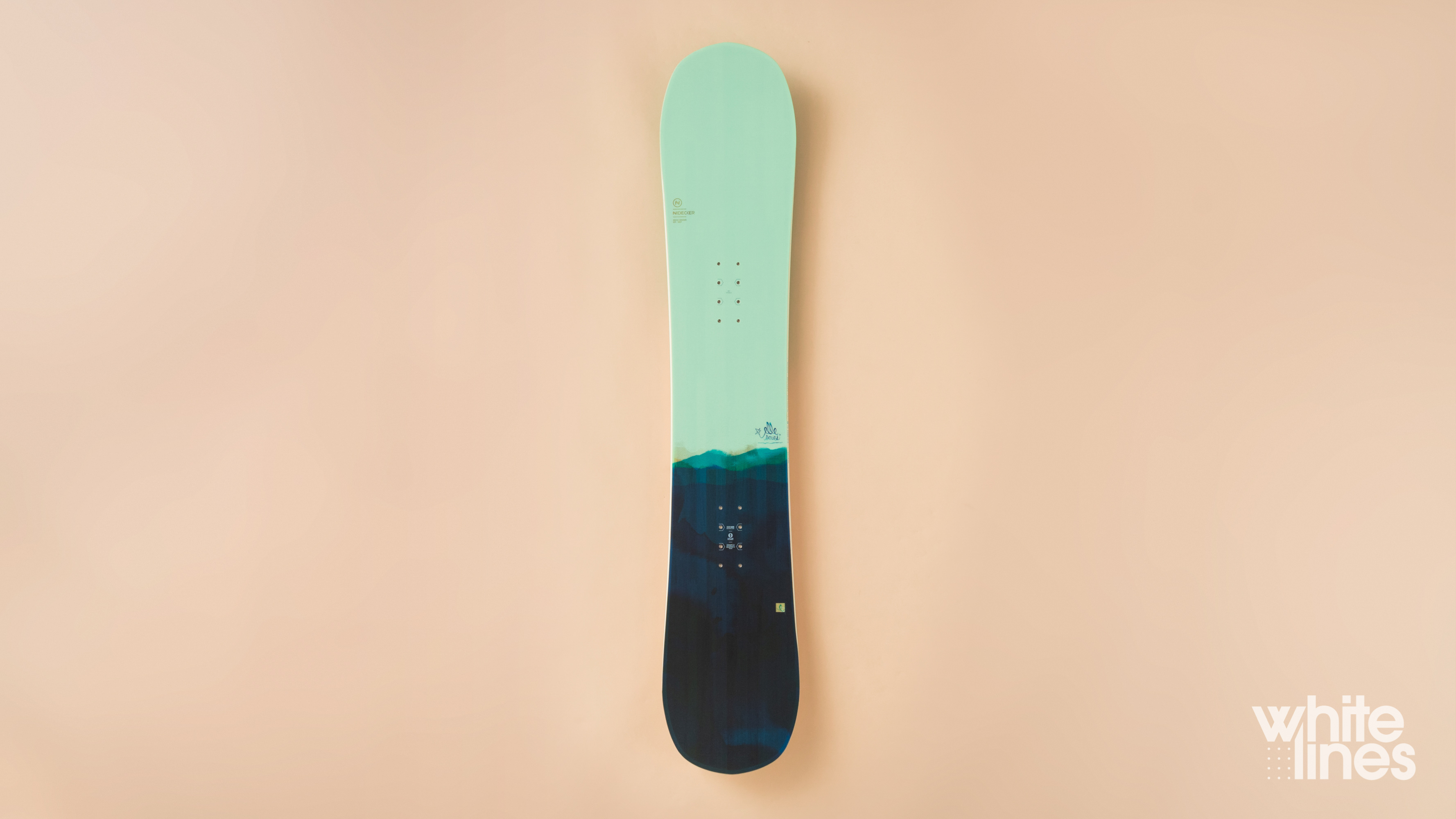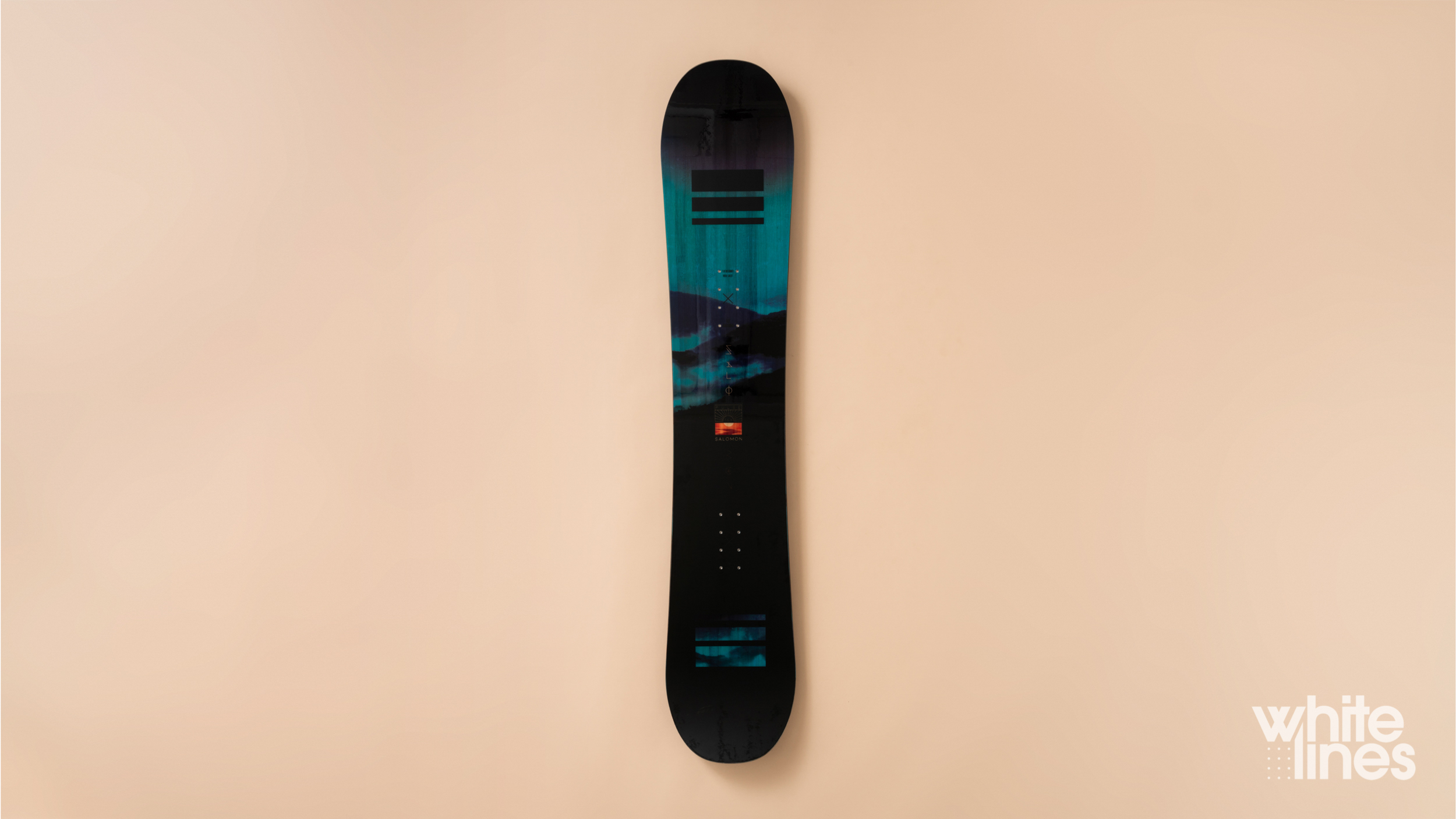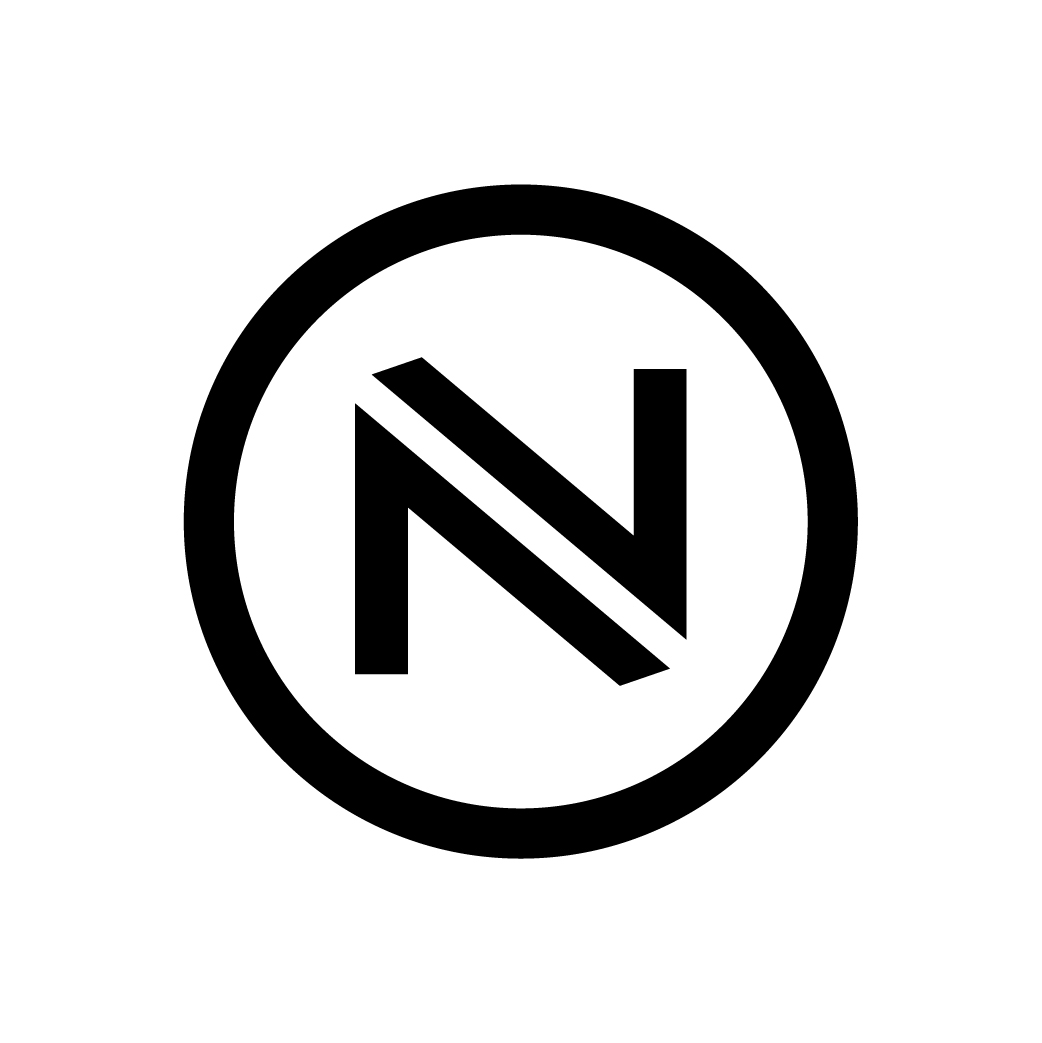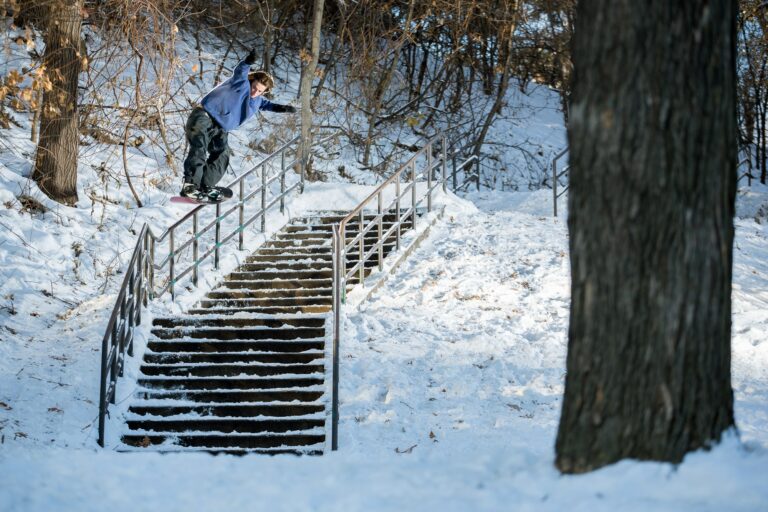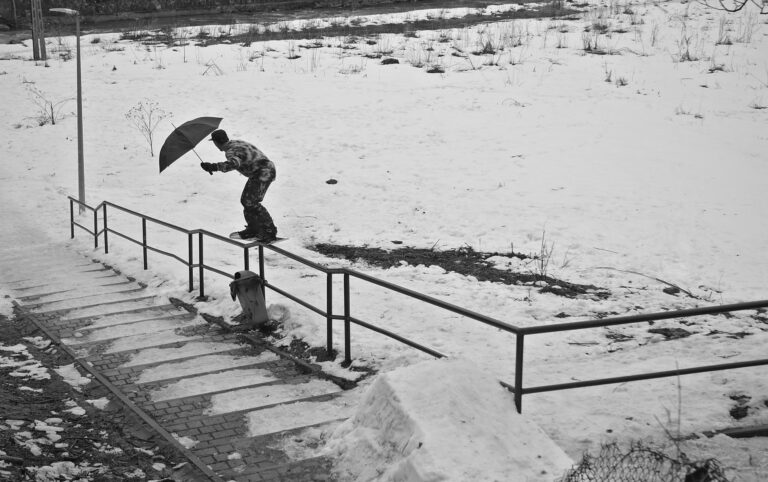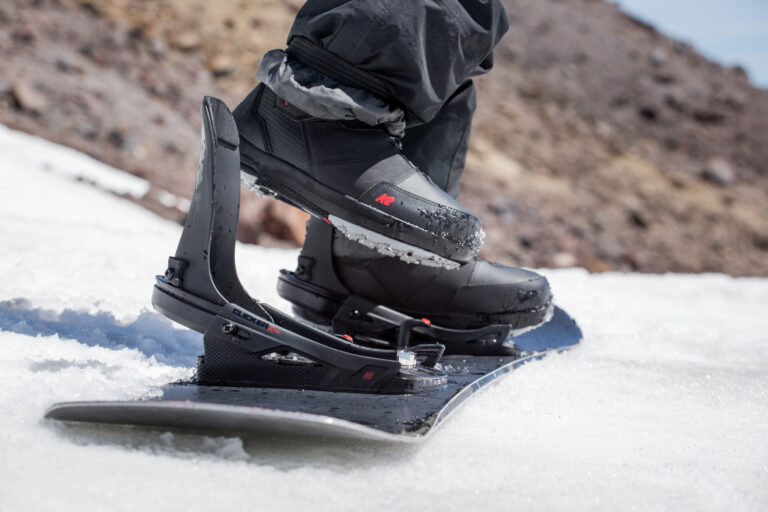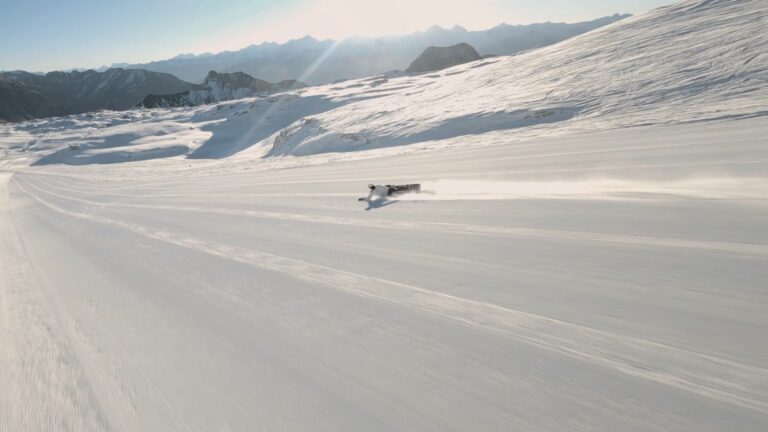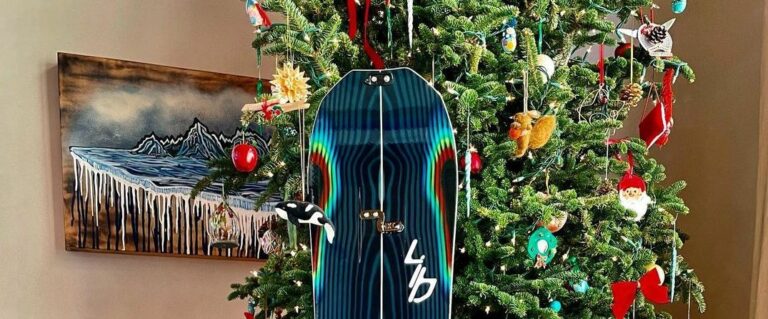It’s no secret that learning to snowboard can be a bit of a daunting experience and taking the plunge to purchase your first snowboard can be downright overwhelming. Snowboarding is meant to be fun, and choosing the right board can be a major factor. Although it might take you some time to lock in your decision, once you make your choice and you start getting used to the same piece of kit, the easier it becomes to start progressing.
“These days there’s a myriad of options on the market that cater specifically to newer riders”
Gone are the days of waltzing into a shop to be handed a 190cm freeride cannon to strap into for your first day on the slopes. These days there’s a myriad of options on the market that cater specifically to newer riders, to help make your first foray into snowboarding as easy and pleasant as possible.
Our team spent last winter testing hundreds of snowboards, picking out our choices for the best beginner models. This list is full of our favourite options for confidence boosting snowboards that offer gentle learning curves and steady progression.
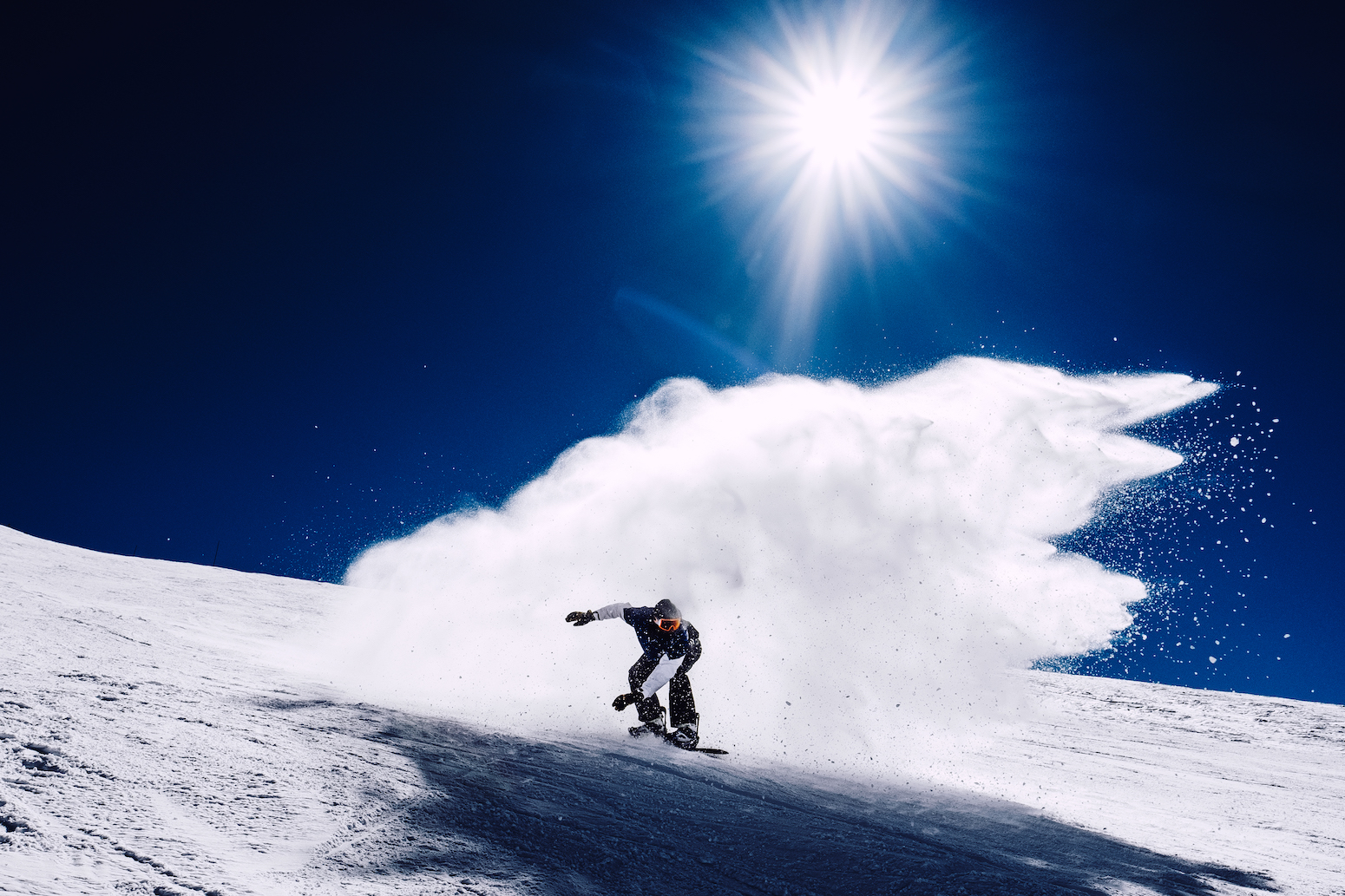
-
How To Choose A Snowboard
- Stiff vs Soft Snowboards
- What Size Snowboard Do I Need?
- Camber vs Rocker
- Snowboard Shapes Explained
- Do You Need A Wide Snowboard?
What To Look For When Buying An Entry Level Snowboard
Shape
There’s no cut and dry shape for an entry level snowboard, although it’s probably best to steer clear of something super directional, especially if you want to get your switch riding on lock. You’ll find most snowboards in this list take on a directional twin shape as they offer the most versatility, which is ideal if you’re still figuring out which riding style or terrain suits your best.
Profile
There’s a lot of choice in this category, and each brand claims they’ve found the magic formula for the best profile. It’ll largely come down to preference and riding style and figuring out what works for you is part of the fun.
Cambered snowboards, while powerful and grippy, can be quite aggressive and have a tendency to hook up around the contact points while you’re still getting to grips with riding. Fully rockered boards on the other hand are less likely to catch edges but they can be unstable and loose at speed. Most brands these days offer some form of hybrid profile, combining camber, rocker and even flat sections for a versatile and adaptable ride.
“Beginner snowboards tend to be a lot more wallet friendly than some of the advanced models”
Flex/Construction
The majority of entry level snowboards are on the softer end of the spectrum, these will be a bit easier to manage as you get to grips with sliding sideways. Softer boards are also more forgiving, so you can have a few wobbles and make mistakes without it kicking your arse every time.
Beginner snowboards tend to be a lot more wallet friendly than some of the advanced models, generally using cheaper materials in the manufacturing process. As your skills progress, you can upgrade to a stiffer, more aggressive, faster model, but until then you’ll save yourself a lot of time, effort, and money by sticking to a more basic option.
Every snowboard in this list has the Whitelines Test Team seal of approval and they’re our top choices for anyone looking to boost their confidence, lock in new skills and make their journey into snowboarding as pleasant and fun as possible. Happy shopping!

